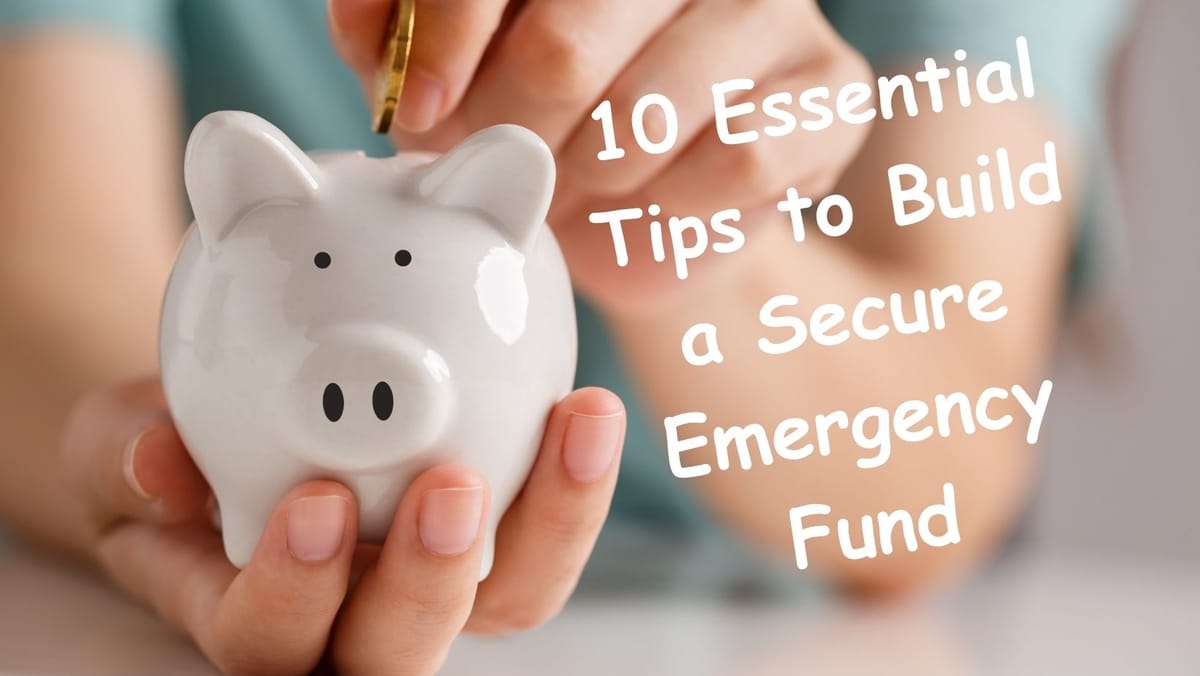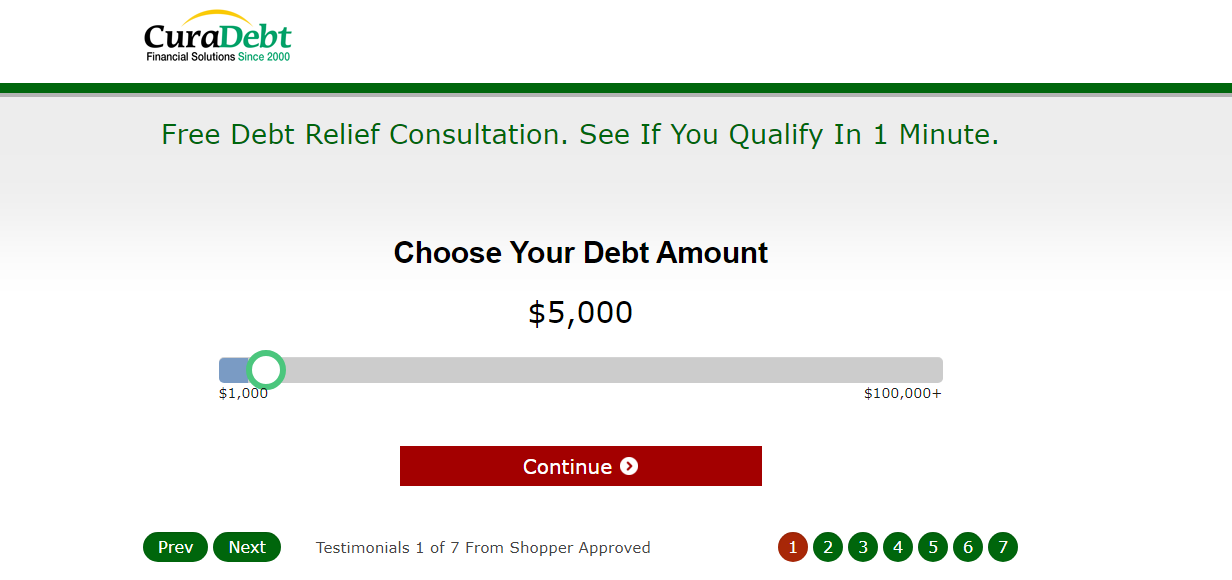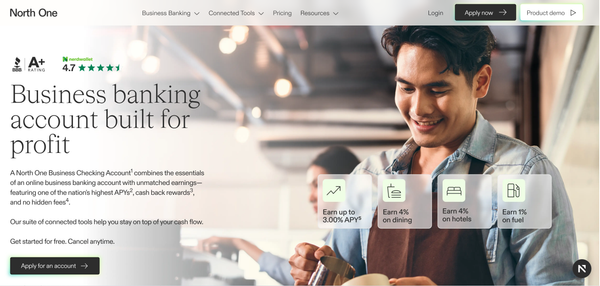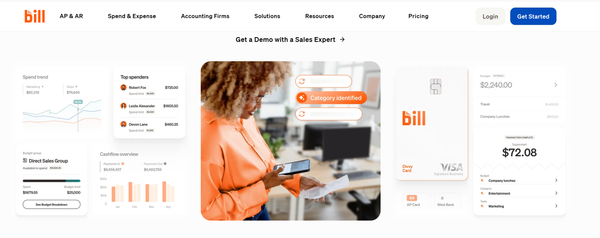10 Essential Tips to Build a Secure Emergency Fund
An emergency fund is key to financial stability, offering a safety net for unexpected expenses. Start by setting clear goals, saving consistently, and keeping the fund separate. Automate savings, cut non-essential expenses, and stay disciplined to build a secure financial buffer.

Financial stability is a cornerstone of peace of mind in a world filled with uncertainties. Whether it's an unexpected medical bill, a sudden job loss, or an emergency home repair, life throws financial challenges our way when we least expect them. This is where a secure emergency fund comes into play—it's your financial safety net. This buffer ensures you're prepared to handle life's curveballs without plunging into debt or financial ruin.
Building an emergency fund might seem daunting, especially if you're starting from scratch, but with the right strategies, it’s entirely achievable. In this article, we’ll explore ten essential tips to help you build a secure emergency fund. These tips will guide you through the process, providing practical advice and highlighting the often-overlooked benefits of having an emergency fund. Whether you're just beginning your financial journey or looking to strengthen your savings, these insights will empower you to take control of your financial future.
Why You Need an Emergency Fund
Before we dive into the tips, let's clarify why having an emergency fund is crucial. An emergency fund is a dedicated reserve of cash that you can access in case of financial emergencies. Unlike regular savings, which might be allocated for vacations, education, or other planned expenses, an emergency fund is specifically for unforeseen events that require immediate financial attention.
Unexpected Benefits of Having an Emergency Fund
1. Reduces Financial Stress: Knowing you have a safety net can significantly reduce stress and anxiety about money.
2. Avoids Debt: An emergency fund helps you avoid high-interest loans or credit card debt during emergencies.
3. Promotes Financial Discipline: Regularly contributing to an emergency fund encourages better financial habits.
4. Provides Flexibility: With an emergency fund, you have the freedom to make decisions without the pressure of financial constraints.
5. Supports Long-Term Goals: By protecting your long-term savings and investments from unexpected withdrawals, you keep your financial goals on track.
Now that you understand the importance of an emergency fund, let's explore how to build one effectively.
- Start with a Realistic Goal
Building an emergency fund begins with setting a realistic goal. The amount you'll need depends on your circumstances, including your income, expenses, and financial responsibilities.
How Much Should You Save?
Financial experts typically recommend having three to six months' worth of living expenses in your emergency fund. If you're self-employed, have irregular income, or have dependents, aiming for six to nine months' worth of expenses might be more prudent.
Setting Milestones
Starting with a large target can feel overwhelming, so break it down into smaller milestones. For example, your first goal could be to save $1,000. Once you reach that, aim for one month's worth of expenses, then gradually increase it.
Key Takeaway: Begin with a manageable savings goal and gradually build up to the recommended amount of three to six months' worth of expenses.

- Automate Your Savings
One of the most effective strategies for building an emergency fund is automating your savings. Automation ensures that you're consistently contributing to your fund without the temptation to skip a month.
How to Automate Savings
Set up an automatic transfer from your checking account to your emergency fund regularly—weekly, bi-weekly, or monthly. Most banks allow you to do this easily through online banking.
Why Automation Works
Automating your savings removes the burden of making a conscious decision each time. It also helps you prioritize saving by treating it like any other mandatory expense, such as rent or utilities.
Key Takeaway: Automate your savings to ensure consistent contributions to your emergency fund, making it easier to reach your goal.
- Cut Unnecessary Expenses
To build your emergency fund more quickly, it's essential to identify and cut unnecessary expenses. This doesn’t mean you need to live frugally, but rather, be mindful of where your money is going.
Identifying Unnecessary Expenses
Review your monthly expenses to identify areas where you can cut back. Common culprits include subscription services you don’t use, frequent dining out, or impulse purchases. Redirect these savings into your emergency fund.
Effective Budgeting
Create a budget that prioritizes your emergency fund. Use budgeting apps or tools to track your spending and ensure you're putting aside money for your fund each month.
Key Takeaway: By cutting unnecessary expenses, you can redirect those funds into your emergency savings, helping you reach your goals faster.
- Keep Your Emergency Fund Separate
It's crucial to keep your emergency fund separate from your regular checking or savings account. This separation reduces the temptation to dip into the fund for non-emergencies.
Choosing the Right Account
Consider opening a high-yield savings account specifically for your emergency fund. These accounts often offer better interest rates than traditional savings accounts, allowing your money to grow while still being accessible when needed.
Benefits of a Separate Account
Keeping your emergency fund in a separate account helps reinforce its purpose—this money is for emergencies only. It also makes it less likely that you’ll use the funds for everyday expenses.
Key Takeaway: Use a separate high-yield savings account for your emergency fund to keep it distinct from your regular savings and prevent unnecessary withdrawals.
- Increase Income for Your Fund
If cutting expenses isn't enough, consider finding ways to increase your income to boost your emergency fund. Additional income streams can significantly speed up the process of building your fund.
Ways to Increase Income
Side Hustles: Consider taking on a part-time job or freelance work. Platforms like Upwork, Fiverr, or even local gigs can provide extra income.
Sell Unused Items: Declutter your home and sell items you no longer need on platforms like eBay, Craigslist, or Facebook Marketplace.
Ask for a Raise: If you're employed, consider negotiating a raise with your employer. Prepare a case showing your contributions to the company to increase your chances of success.
Allocate Extra Income
Dedicate all or a significant portion of any extra income to your emergency fund. This can rapidly accelerate your savings without impacting your regular budget.
Key Takeaway: Boost your emergency fund by increasing your income through side jobs, selling unused items, or negotiating a raise.

- Make Your Emergency Fund a Priority
It’s easy to put off saving for emergencies, especially when there are so many other financial goals competing for your attention. However, making your emergency fund a priority is essential for long-term financial security.
Why Prioritization Matters
Without an emergency fund, any unexpected expense could force you to use credit cards, take out loans, or withdraw from your retirement savings. This can set back your financial progress by years.
How to Prioritize Your Fund
Set a clear timeline for reaching your emergency fund goal. Treat contributions to your fund as non-negotiable, much like paying your rent or mortgage. Revisit your budget regularly to ensure you’re on track.
Key Takeaway: Prioritize your emergency fund by treating it as a financial necessity, not an optional goal.
- Review and Adjust Regularly
Building an emergency fund isn’t a one-and-done task—it requires ongoing maintenance and adjustments. Regularly reviewing your fund and your financial situation ensures that you’re always prepared.
When to Review Your Fund
Review your emergency fund at least once every six months, or whenever you experience a significant life change, such as a new job, a move, or a change in expenses.
Adjusting Your Fund
If your living expenses increase, or if you reach your initial goal, consider raising the target amount of your emergency fund. Conversely, if you’ve built up more than enough, you might reallocate some funds to other financial goals, like investing or paying off debt.
Key Takeaway: Regularly review and adjust your emergency fund to ensure it meets your current financial needs.
- Use Windfalls Wisely
Windfalls—such as tax refunds, bonuses, or inheritances—present a great opportunity to significantly boost your emergency fund. Instead of spending these unexpected gains, consider allocating a large portion to your emergency savings.
Maximizing Windfalls
When you receive a windfall, resist the urge to splurge. Instead, immediately transfer at least half of it into your emergency fund. This practice can give your savings a substantial boost and get you closer to your goal faster.
Why This Works
Windfalls are often seen as "extra" money, so using them to build your emergency fund doesn’t impact your regular budget. This can make a big difference in your savings without feeling like a sacrifice.
Key Takeaway: Use windfalls like tax refunds or bonuses to give your emergency fund a substantial boost without affecting your daily finances.
- Stay Disciplined with Withdrawals
The purpose of an emergency fund is to cover unexpected, urgent expenses. It's essential to stay disciplined and only withdraw from this fund for true emergencies, such as medical bills, car repairs, or unexpected job loss.
Defining an Emergency
Before you dip into your fund, ask yourself if the expense is truly an emergency. If it's something that could have been planned for, like a vacation or a new gadget, it’s best to use your regular savings or discretionary budget.
Replenishing the Fund
If you do need to withdraw from your emergency fund, prioritize replenishing it as soon as possible. Set up a repayment plan for yourself to rebuild the fund back to its original state.
Key Takeaway: Only use your emergency fund for genuine emergencies and commit to replenishing it as soon as possible after any withdrawals.
- Keep Building, Even After Reaching Your Goal
Once you’ve reached your initial emergency fund goal, it’s tempting to shift your focus entirely to other financial goals. However, continuing to build your fund—even in small increments—can provide additional security.
Why Keep Building?
Life is unpredictable, and what seems like enough savings today might not be sufficient in the future. Continuing to add to your emergency fund, even after hitting your goal, ensures that you’re always prepared for whatever comes your way.
How to Maintain Momentum
Once you reach your goal, consider scaling back (but not stopping) your contributions. You could reduce your monthly deposit to a smaller, more manageable amount while focusing on other financial priorities.
Key Takeaway: Continue building your emergency fund beyond your initial goal to provide extra financial security and peace of mind.

Conclusion: Secure Your Financial Future Today
Building a secure emergency fund is one of the most important steps you can take to protect yourself and your loved ones from financial hardship. By following these ten essential tips, you can create a robust financial safety net that offers peace of mind and security in an uncertain world. Remember, the key to success is consistency—start small, stay disciplined, and make your emergency fund a priority.
Have you started building your emergency fund yet? If so, what strategies have worked best for you? Share your experiences in the comments below—we’d love to hear from you!
If you found this article helpful, please share it with your friends and followers on social media. Let’s spread the knowledge and help others secure their financial futures!
FAQs
What is an emergency fund?
An emergency fund is a savings account set aside specifically for unexpected financial emergencies, such as medical bills, car repairs, or job loss. It acts as a financial safety net, helping you cover urgent expenses without resorting to debt.
How much should I save in an emergency fund?
Most financial experts recommend saving three to six months' worth of living expenses. However, the exact amount depends on your personal circumstances, such as your income, job stability, and family size.
Can I use my emergency fund for non-emergencies?
It's crucial to reserve your emergency fund for true emergencies. Using it for non-essential purchases or planned expenses defeats the purpose and could leave you vulnerable during an actual emergency.
What kind of account should I use for my emergency fund?
A high-yield savings account is ideal for an emergency fund. It offers easy access to your money while earning interest, which helps your savings grow over time.
How often should I review my emergency fund?
Review your emergency fund at least twice a year or whenever your financial situation changes significantly. Regular reviews ensure that your fund remains sufficient to cover your current needs.
What should I do after reaching my emergency fund goal?
After reaching your goal, continue contributing to your emergency fund in smaller amounts. This provides additional financial security and prepares you for larger or multiple emergencies.




